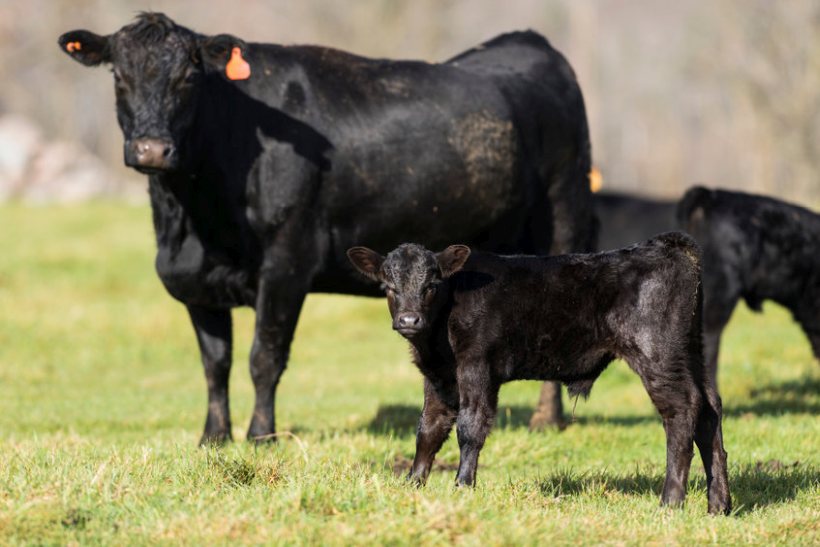
A new guideline has been launched to increase the accuracy and consistency when calculating the beef sector's carbon footprint.
The Global Roundtable for Sustainable Beef (GRSB), a network beef groups looking to make the sector more sustainable, has launched the guideline.
According to the GRSB, the global beef carbon footprint has, to date, been challenging to effectively track and report.
The sector has been using different methodologies and data to measure their carbon impact, leading to inconsistencies, the roundtable added.
As such, comparable and consistent measuring across companies, countries and continents has been 'difficult'.
The Beef Carbon Footprint Guideline has been developed based on the UN's Livestock Environmental Assessment and Performance (LEAP) guidance.
The guideline will quantify emissions from cradle to farm gate or cradle to processing gate, and allow monitoring of GHG emissions through time for a specific system.
It aims to identify the main drivers for GHG emissions in the beef cattle life cycle, and to allow comparisons within the context of the same study.
Ruaraidh Petre, executive director of GRSB, said the new guideline will help to create consistency in the global beef sector.
“A key part of GRSB’s mission is to ensure transparency when it comes to evaluating and reporting key sustainability metrics.
"There is growing momentum in the industry to protect and nurture the earth’s natural resources and having a clearer carbon footprint guideline will allow us to do this better than ever before.”
The launch follows the GRSB launching its global sustainability goals, including commitments to advance and improve the sustainability of the global beef value chain.
The goals focus on three key areas – climate, nature positive, and animal health and welfare.
The GRSB has over 500 members working in 24 different countries.
